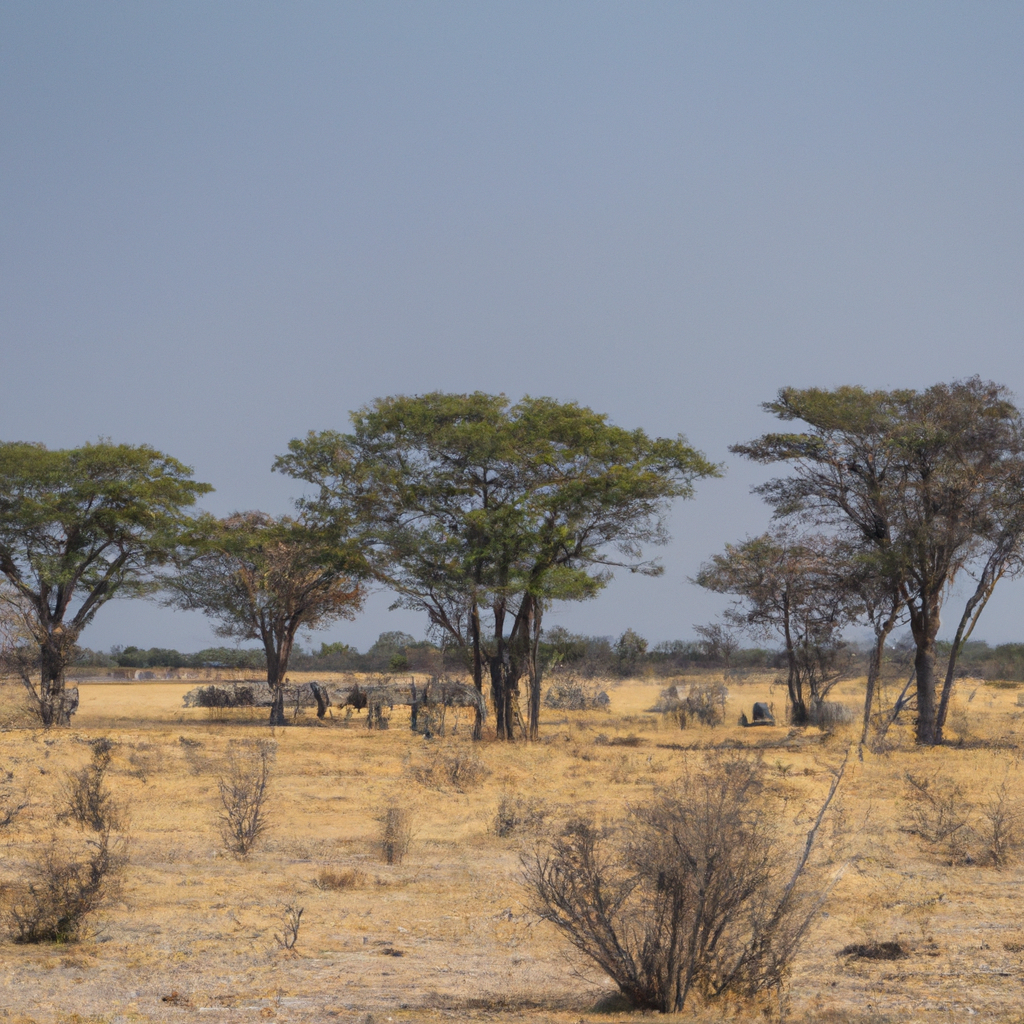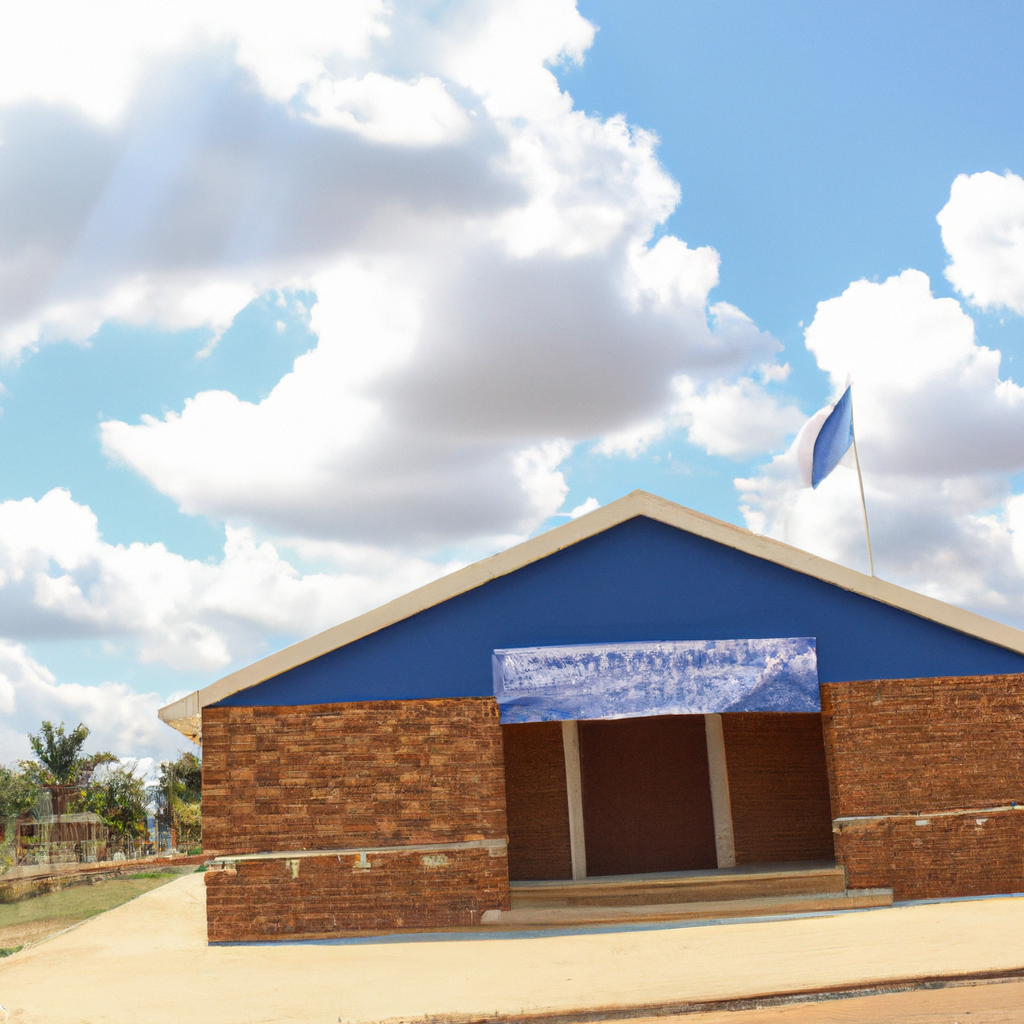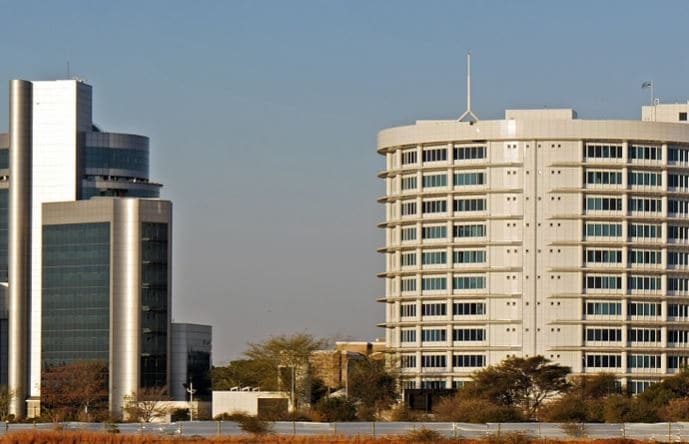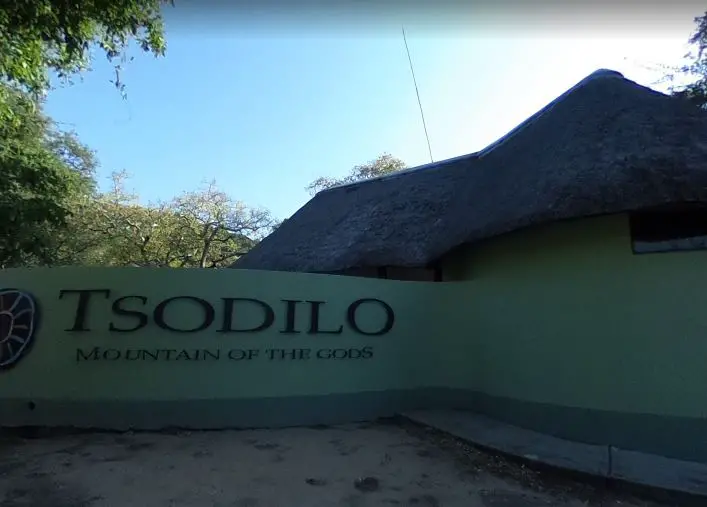Botswana National Museum, Gaborone In Botswana: Overview,Prominent Features,History,Interesting facts
Overview:
The Botswana National Museum in Gaborone is the National Museum of Botswana and is located in the capital city of Gaborone. It is one of the many important colonial and post-colonial cultural institutions in the country. The museum focuses on the history, modern trends, and culture of Botswana and its people, with special attention being given to promoting the understanding, appreciation, and the celebration of the country’s history and cultural heritage. Exhibitions range from natural history to contemporary culture, from traditional tools and clothing to national heroes, and from music and dance to great archaeological finds. The museum is a popular tourist destination, offering educational tours, workshops, and educational resources on topics such as the history of the Kalahari, Botwana's biggest and most diverse region. The museum also has a gift shop, a cafe, and a play area for children. You can learn history, culture, and heritage through these magnificent monuments in Botswana
Prominent Features:
1. Art and Cultural Museum: Botswana National Museum displays a variety of cultural, historical and natural artifacts from the country. This is a great place to explore the history and culture of this nation. 2. Botanical Garden: The museum also has a section dedicated to a botanical garden. This garden is home to a variety of indigenous trees and plants, giving visitors a chance to observe the beauty of the country's natural environment. 3. Traditional Crafts: Visitors to the Botswana National Museum can also find a variety of traditional craftworks on display. These include items such as pottery, basket-weaving, beadwork and ceremonial dancing clothing. 4. Natural History section: The museum also has a section dedicated to the natural history of the country. It is a great place to learn about the animal and plant species that are found in Botswana. 5. Audio-Visual Room: This room is equipped with audio-visual facilities where visitors can watch documentaries about Botswana or listen to stories of the country. This is a great way to learn more about the unique culture of the nation. This national monument of Botswana portrays the history and culture of the country.
History:
, the site of the present day Botswana National Museum was originally part of a larger complex of buildings known as the Administrative complex. The administrative complex was initially established in 1893, when the British South Africa Company extended its rule south of the Molopo River. A court house, police station, and administrative offices were built, along with a hospital, agricultural research facility, and a school. In 1921, the government of the then-Bechuanaland Protectorate established a museum in two rooms of the administrative complex. The museum was founded by Parsegoria Mogopodi, the locally-appointed Lands Boy. At the time, the museum focused on material culture, including Shona and Setswana artifacts, agricultural implements, and archaeological specimens. In 1957, the Museums and Monuments Commission of the Bechuanaland Protectorate was established, and the Botswana National Museum was included in the scope of its activities. The museum was relocated to its current site in 1962 and officially opened as the Botswana National Museum in 1966. Since then, the Botswana National Museum has seen continual development and expansion, and has become a multi-disciplinary research facility for the study of Botswana's history, wildlife, and cultures. It now includes a library, a gallery space, a section focusing on ethnic art, and an outdoor experiment area displaying traditional rural technology. The museum also plays an important role in Botswana's education and outreach, hosting educational programs and outreach activities for the public. In addition, it operates an annual bush skills camp. Today, the Botswana National Museum serves as a key cultural institution in Botswana. It preserves the history and heritage of the country and provides both national and international visitors with insight into Botswana’s past and present. You must visit one of these historical places in Botswana on your Botswana tour
Interesting facts:
1. The Botswana National Museum, Gaborone was established in 1965 to collect, preserve and interpret the history and culture of Botswana. 2. It is home to the oldest ethnograph collection in Botswana, including traditional costumes, artworks, weapons, tools, and more. 3. As Botswana's only national museum, it attracts visitors from all over the world. 4. The museum hosts a variety of events, ranging from storytelling, lectures, workshops, and theatre shows for all ages. 5. It also serves as an education and research centre for scholars and students of anthropology, history, and art. 6. Every August, the museum runs a "Heritage Express" to showcase Botswana's cultural heritage through music, dance, and traditional performances. 7. It also operates as a public art gallery, showcasing work by both local & international artists. 8. The museum complex is built around a central open-air court, surrounded by semi-enclosed courtyards, and covered verandahs. 9. The museum also features a souvenir shop selling recycled (paper) products made by the local community. Visit one of the famous monuments of Botswana with your friends and family.
Explore Botswana most popular tourist destination with us. Botswana National Museum, Gaborone In Botswana: Overview,Prominent Features,History,Interesting facts,which is 35.14 km away from Botswana main town, is the most popular destination to add in your travel wishlist.
-
City:
Botswana
-
state:
, the National Museum is located in Gaborone.
-
country:
Botswana
-
country code:
BW
-
postcode:
655390
Location:
, the National Museum is located in Gaborone. Botswana














